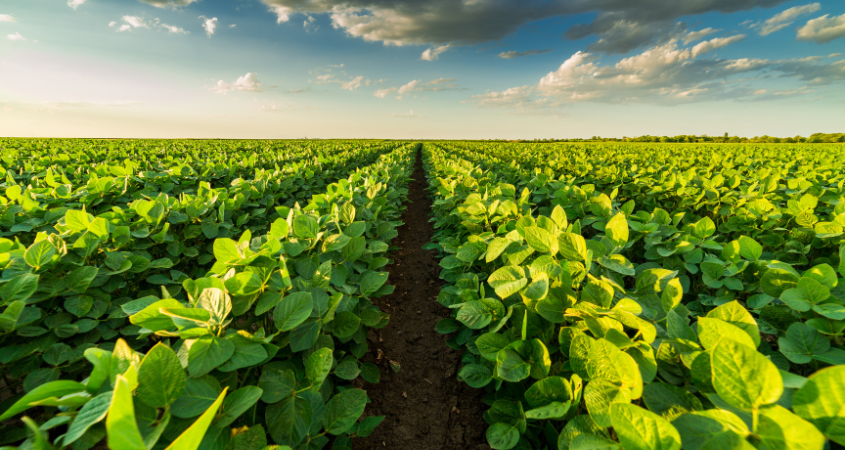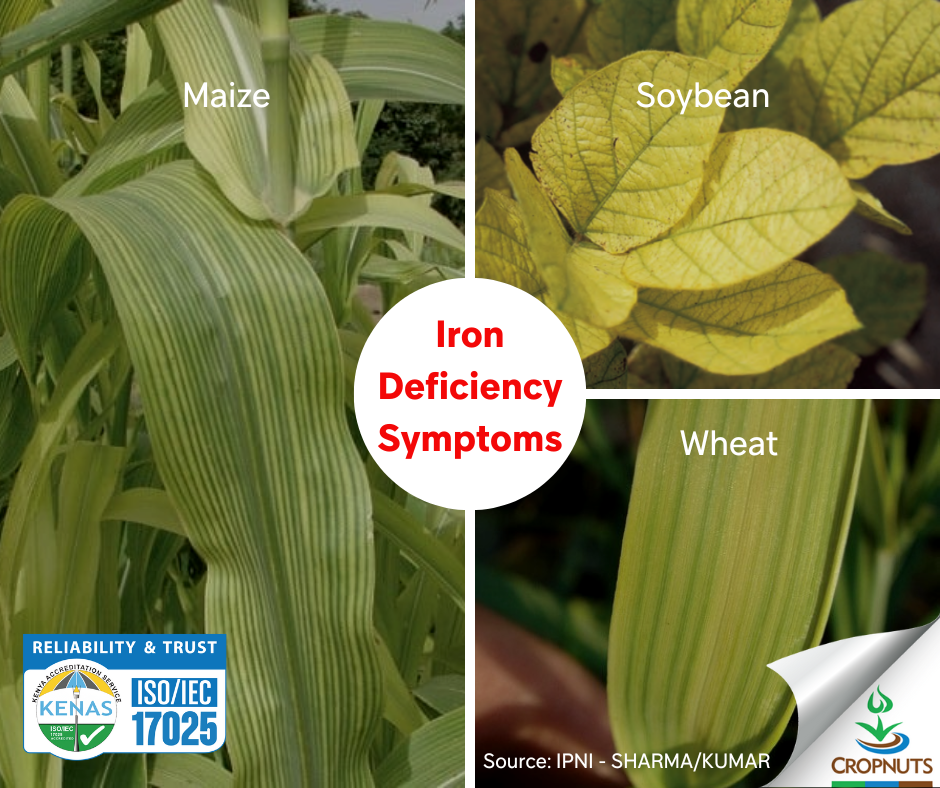
Iron (Fe) is a crucial micronutrient that is essential for plant health, playing a pivotal role in photosynthesis and as a catalyst for various biochemical processes. Despite its trace requirement, iron’s impact on plant health and productivity is significant. Let’s dive into why iron is crucial for plants and how to ensure its optimal availability in the soil:
Iron is fundamental for the synthesis of chlorophyll, which is essential for photosynthesis. Additionally, iron is a key component of many enzyme reactions in plants that affect growth and energy transfer. Its role is also critical in nitrogen fixation and respiration, both vital processes for plant development.
Iron availability to plants can be limited due to high soil pH, excessive sodium or salts, compacted soils, or cold and wet conditions which reduce root activity and slow down iron uptake. These conditions make iron insoluble and unavailable to plants, necessitating proper soil management to prevent deficiencies.

Incorporating organic matter such as compost and manure can enhance iron availability by increasing soil organic acids that help solubilize iron. Avoiding overwatering and improving soil drainage can also prevent anaerobic conditions that reduce iron uptake.
Iron deficiency in plants is commonly manifested as chlorosis, where leaves turn yellow between the veins. This condition can severely affect plant growth if not corrected promptly. Other symptoms include stunted growth and poor yields.
To address iron deficiency, mapping chlorotic plant areas is recommended for site-specific application of iron. Using iron-chelated fertilizers and foliar sprays can be more effective as they are more readily absorbed by plants. Regular soil and tissue testing can help monitor iron levels and guide fertilization practices.
In conclusion, efficient management of iron nutrition is vital for maintaining healthy crops. By understanding the dynamics of iron in the soil and employing strategic fertilization practices, farmers and agronomists can ensure that crops receive the iron they need for optimal growth. For further insights into managing iron and other soil nutrients, contact our experts at support@cropnuts.com.
Grow more with less
#savesoil #soilhealth #soilscience
Order our services and get to know how to improve your soil for better yeilds.